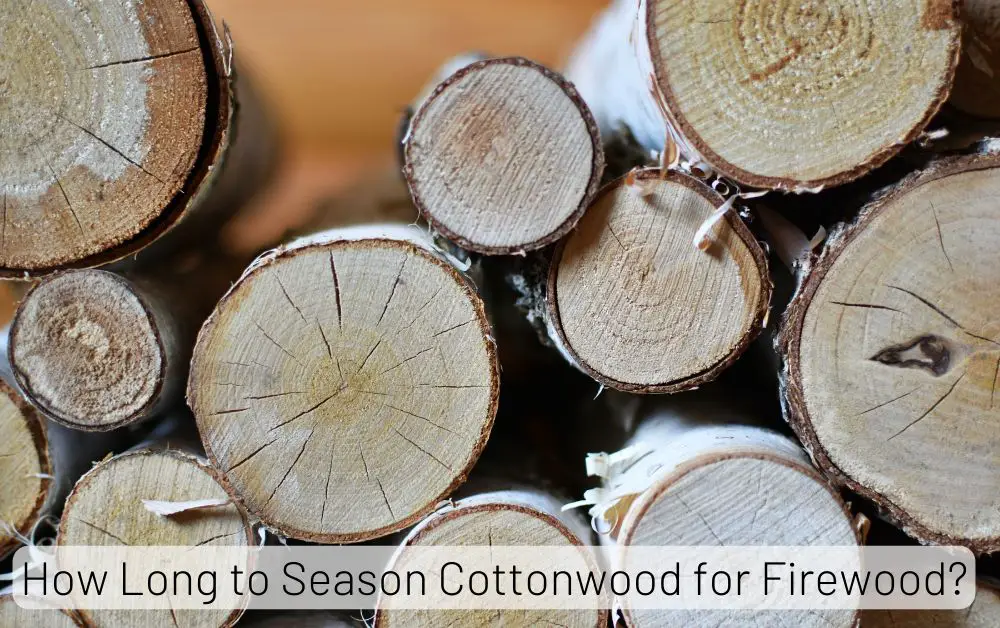The bark of a tree serves as its protective outer layer and can reveal vital information about the type of wood it encases. Knowing what to look for in bark characteristics is the first step in identifying quality firewood. So, how to identify firewood by bark?
Table of Contents
ToggleHow To Identify Firewood By Bark?
- Feel the bark’s texture by running your fingers over it. Smooth, tight bark indicates well-seasoned wood, while rough or peeling bark may suggest the opposite. Quality firewood should have a dry and textured bark.
- Bark color varies between tree species. Dark, rich colors often indicate hardwoods like oak or hickory, while lighter shades may be associated with softwoods like pine. Recognizing these color patterns can aid in identifying firewood.
- Each tree species has unique bark patterns and markings. Learn to identify common trees in your region based on these distinctive features. For example, oak trees typically have deep furrows and irregular ridges in their bark.
- Pay attention to the thickness and density of the bark. Thick, dense bark is characteristic of hardwoods, indicating a higher energy content and longer burn time. Softwoods, on the other hand, generally have thinner and less thick bark.
- The presence of lichens and moss on the bark can provide additional clues. While some types of moss are harmless, an excessive amount might indicate that the wood has been lying around for an extended period, potentially affecting its burn quality.
- Give the firewood a gentle sniff. Seasoned hardwoods often have a distinct, pleasant aroma. If the wood smells unpleasant or mouldy, it may be unsuitable for burning.
- Tap two pieces of firewood together and listen for a hollow sound. Well-seasoned firewood produces a sharper, resonant sound, while green or damp wood may result in a dull thud.
Related Post: Best Firewood To Burn Chart
Local Tree Species Knowledge
Being familiar with the prevalent tree species in your area is invaluable.
Local knowledge allows you to make more informed decisions based on the specific characteristics of regional trees and their bark.
Environmental Considerations
Consider the environmental impact of your firewood choices.
Option for sustainably sourced firewood to ensure you are not contributing to deforestation. Many regions have guidelines and regulations regarding responsible firewood harvesting.
Affiliate Disclosure: Fireplaceadviser.com is a participant in the Amazon Services LLC Associates Program. We may earn a commission when you click on certain links on this site and purchase.



















Hello!! I am Jamal Khan. I often fix my home electric heaters and gas stove problems and research the common issues in the heating units to improve my knowledge and expertise. The aim of establishing fireplaceadviser.com is to share my expertise and knowledge with my audience.






